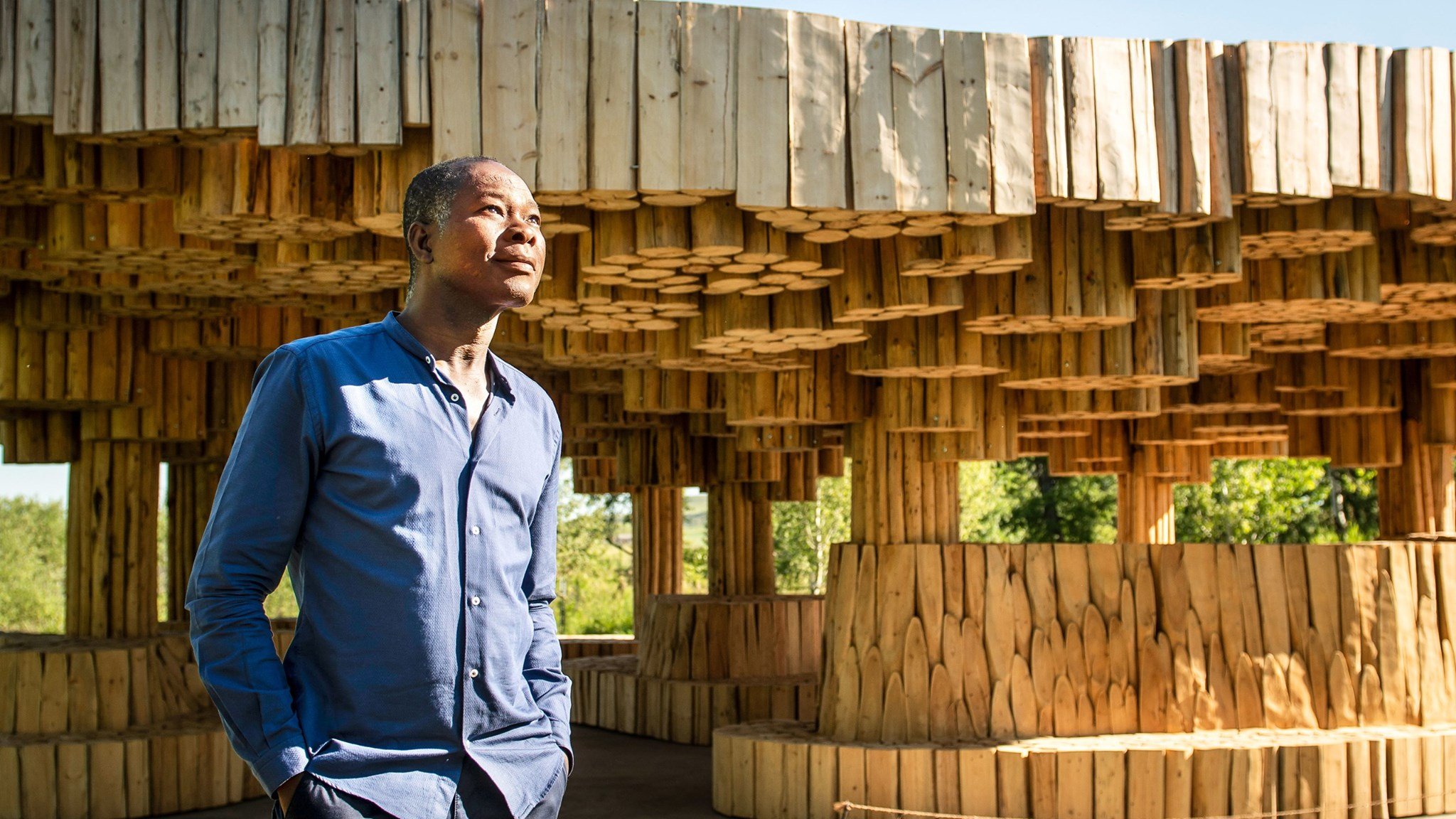Burkinabè architect Diébédo Francis Kéré’s penchant for distinctly African architecture has made him a world-renowned name. There is a sincerity that is hard to miss in his designs, devoid of pretence and wastefulness. The simple sophistication he infuses in his work is undoubtedly one of the reasons why he is the most recent Pritzker Architecture Prize winner, an honour well deserved.
Being the son of the village chief of Gando in Burkina Faso, he was the first child in the village sent to school. However, since there was no school in his village, Francis moved to the city to live with his uncle. This would be the inspiration for one of Kéré’s most significant future projects as a qualified architect. Upon completing school, Kéré moved to Germany, studied carpentry, and received a scholarship for an apprenticeship as a supervisor in development aid from the Carl Duisberg Society. He then obtained a degree in architecture and engineering from the Technical University of Berlin in 2004.
The influence that Burkinabè architecture has on Kéré’s work is palpable. He cites his elementary school classrooms as where his love for the field began, “Good architecture in Burkina Faso is a classroom where you can sit,” he shares, “have light that is filtered, entering the way that you want to use it across a blackboard or on a desk,”
Kéré’s connection with his village never waned, he returned to Gando and built the village’s very first primary school. Through Schulbausteine fur Gando (Building Blocks for Gando), the association (now called Kéré Foundation) he started in 1998, he was able to fund the construction of the school. Kéré combined the knowledge he absorbed in Europe with the traditional building methods of his country.
Compared to the concrete buildings in Burkina Faso, Kéré built the school using less expensive and locally available materials better suited for the climate, “How can we take away the heat coming from the sun but use the light to our benefit,” he explained, “creating climate conditions to give basic comfort allows for true teaching, learning and excitement.” Following the completion of the school, Kéré was awarded the Aga Khan Award for Architecture in 2004, which catapulted his career internationally and earned him a Global Award for Sustainable Architecture in 2009.
With his company, Kéré Architecture, he has built more schools in Gando, a community centre, a medical centre, and an opera village. He was enlisted to design multiple structures for the Zhoushan Harbour Development project in China. In addition, he was chosen as one of three architects to create a permanent exhibition space at Geneva’s International Red Cross and Red Crescent Museum.
Kéré’s work and achievements in Africa and worldwide have most recently earned him the architecture’s most prestigious honour, the Pritzker Prize. It is an award given annually to architects whose ‘built work demonstrates a combination of those qualities of talent, vision, and commitment, which has produced consistent and significant contributions for humanity and the built environment through the art of architecture.’ Kéré is the perfect recipient as his climate-resilient and cost-effective designs have made him the first African to win this award.
Diebedo Frances Kere’s dedication to humanity through architecture and design has set him apart from many. His careful consideration for African environments displays a sincere reverence for his home village and the continent as a whole. Kere not only creates awe-inspiring structures, but he imparts his knowledge as a lecturer in various universities in America and Europe. He is the true definition of selfless.











